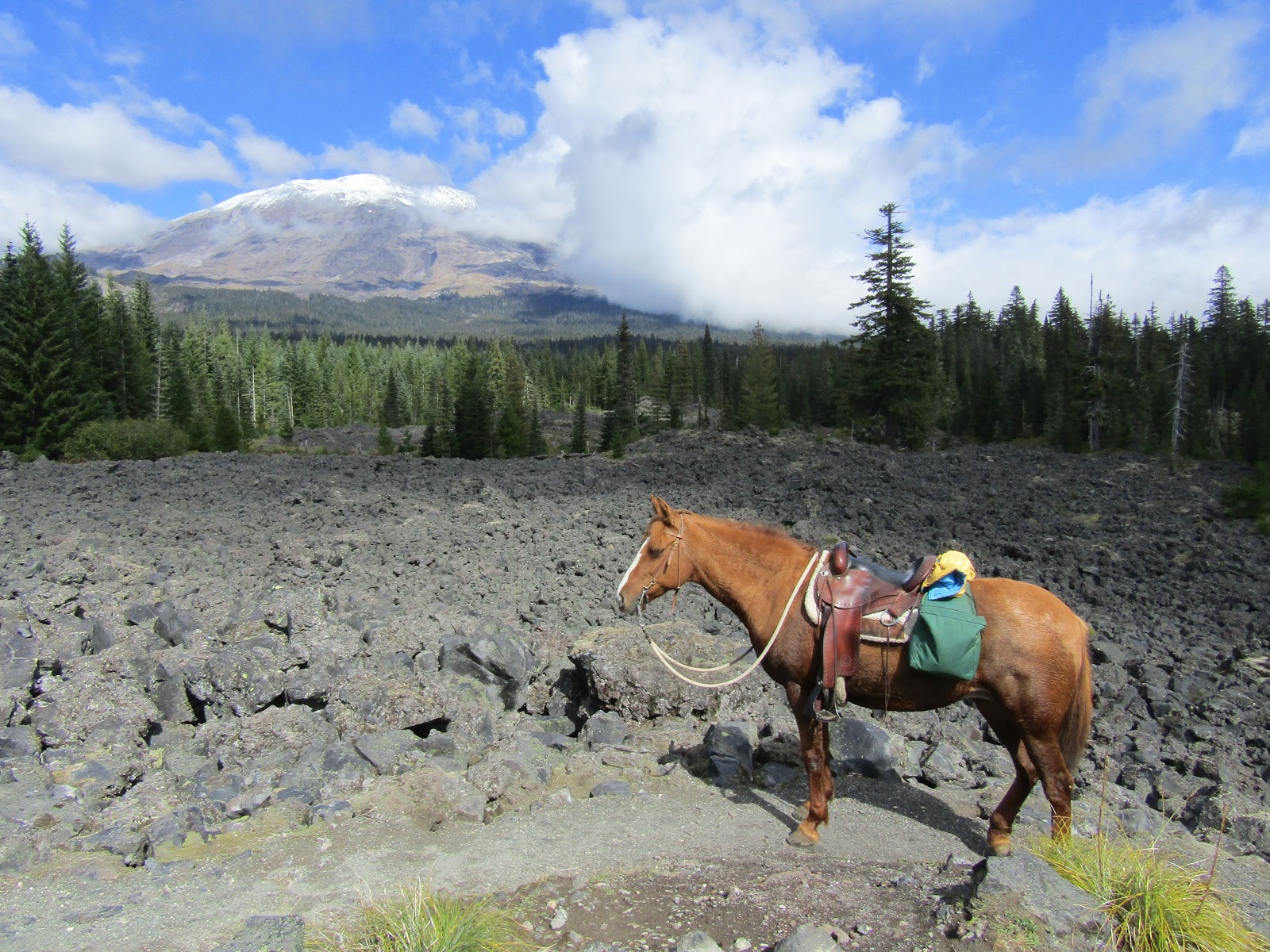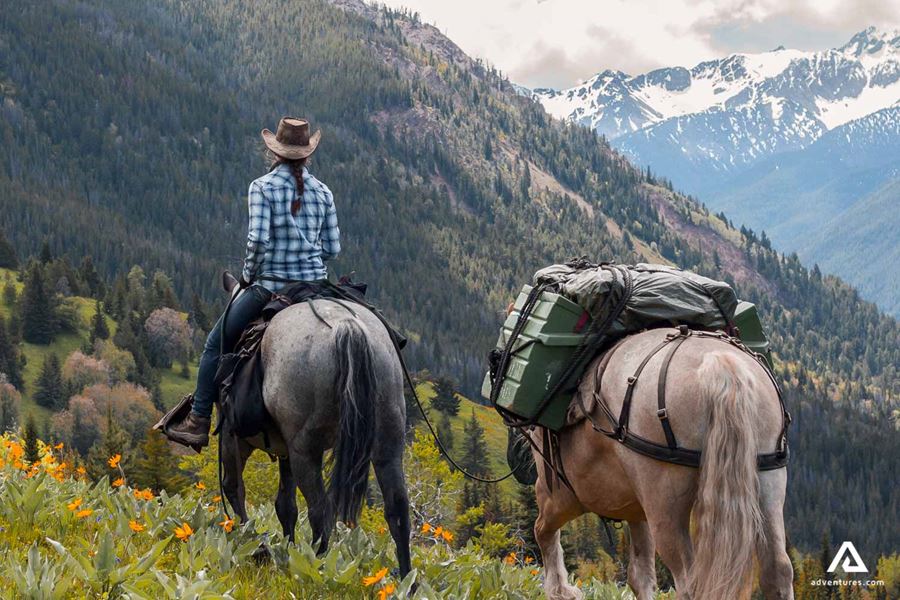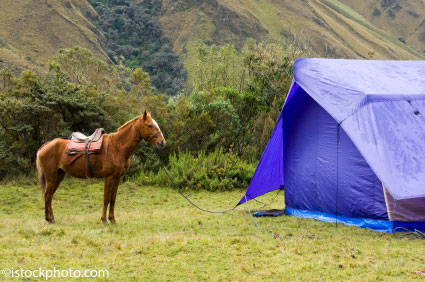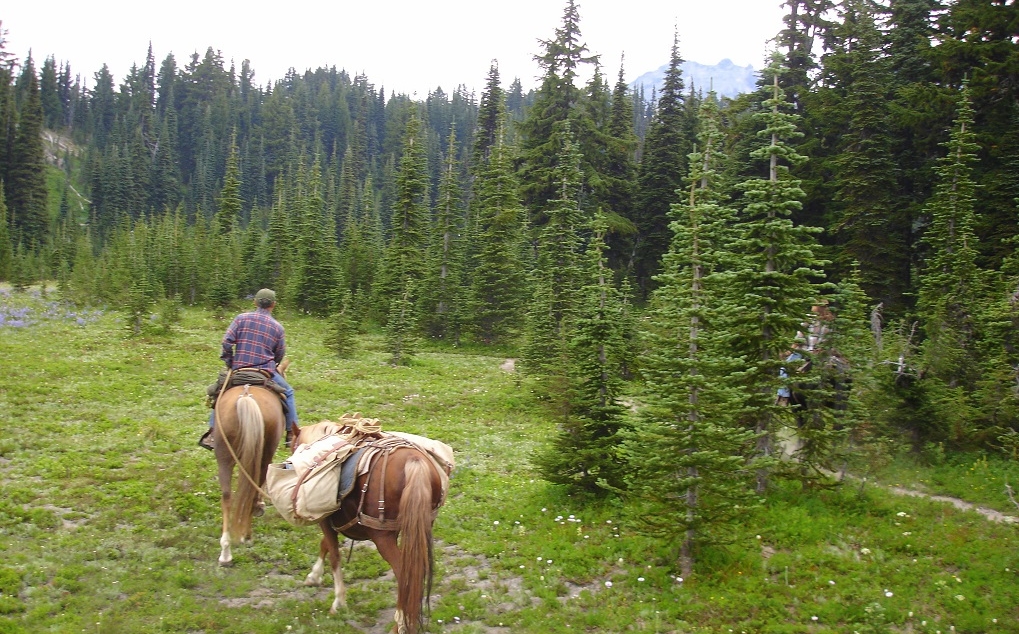The Ultimate Guide to a Horseback Camping Trip in the Mountains

Planning a horseback camping trip in the mountains can be an exhilarating adventure that combines the thrill of horseback riding with the serenity of camping in nature. To help you prepare, here’s a detailed guide covering all essential aspects.
1. Choosing the Right Location

Selecting the perfect mountain trail is crucial. Consider factors such as trail difficulty, scenic views, availability of water sources, and camping spots. Popular mountain ranges for horseback camping include the Rockies, the Sierra Nevada, and the Appalachian Mountains.
2. Preparing Your Horse

Your horse’s health and readiness are paramount. Ensure your horse is fit for rugged terrain and accustomed to carrying camping gear. Regular training rides and a veterinary check-up before the trip are recommended.
3. Essential Gear and Packing List
Packing smart is key to a successful trip. Here’s a table summarizing essential items:
| Category | Items |
|---|---|
| Horse Gear | Saddle, bridle, saddle bags, hoof pick |
| Camping Equipment | Tent, sleeping bag, portable stove, cookware |
| Personal Items | Weather-appropriate clothing, first aid kit, map, compass |
| Food & Water | Non-perishable food, water containers, purification tablets |
4. Safety Tips
Mountain environments can be unpredictable. Always inform someone about your itinerary, carry a GPS device, and be prepared for sudden weather changes. Know basic first aid for both humans and horses.
5. Setting Up Camp
Choose a flat, sheltered spot to set up your tent. Secure your horse with a safe tether or picket line away from the campsite to prevent accidents.
6. Leave No Trace Principles
Respect nature by minimizing your impact. Pack out all trash, avoid disturbing wildlife, and use biodegradable products.
7. FAQs
Q: How long should a horseback camping trip last?
A: Trips can range from a weekend to several weeks, depending on your experience and trail conditions.
Q: Can beginners go horseback camping?
A: Yes, but it’s best to start with shorter, easier trails and possibly go with an experienced guide.
Q: What if my horse gets injured?
A: Carry a basic equine first aid kit and know how to use it. Have a plan for emergency evacuation if needed.
This expanded content provides a structured framework for your blog article, incorporating SEO-friendly elements like headings, tables, and FAQs to enhance readability and engagement.
